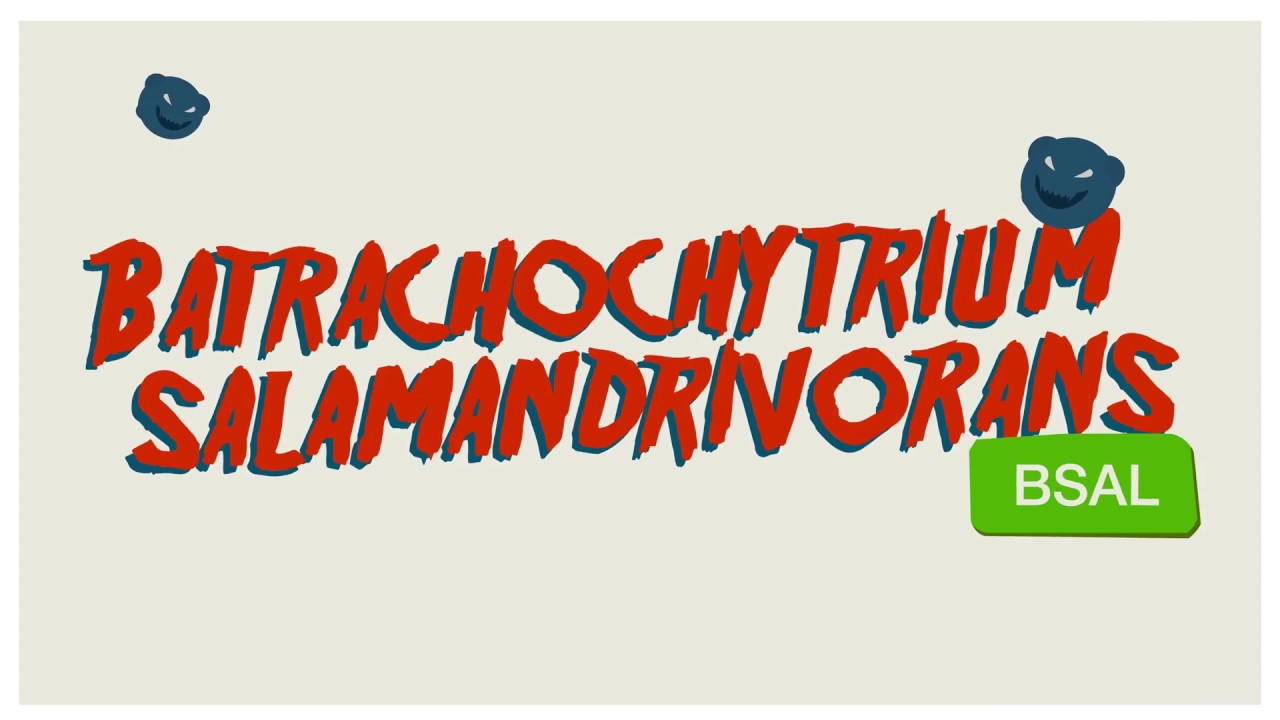Some of you may be familiar with the chytrid fungus (Batrachochytrium dendrobatidis) which was discovered in 1998 and affects primarily frogs. Since then, this fungus has had a devastating impact on amphibian populations world-wide.
In 2013, a related species of fungus was discovered in the Netherlands: Batrachochytrium salamandrivorans. This species affects primarily salamander species, and is currently decimating salamander populations in Europe.
As of today, B. salamandrivorans is known to occur in Europe and Asia. In the recent study titled “Anticipating the potential impacts of Batrachochytrium salamandrivorans on Neotropical salamander diversity”, the authors estimate the impact that an accidental introduction of this species to the American tropics would have on tropical salamander populations. Unsurprisingly, the impact is likely to be catastrophic.
If you are interested in learning more about this topic, I recommend you to check out this website:
Here are also some literature recommendations.
1998 description of Batrachochytrium dendrobatidis: Chytridiomycosis causes amphibian mortality associated with population declines in the rain forests of Australia and Central America
Analysis of the impact caused by the Batrachochytrium dendrobatidis by 2019: Amphibian fungal panzootic causes catastrophic and ongoing loss of biodiversity
Discovery of B. salamdrivorans: Batrachochytrium salamandrivorans sp. nov. causes lethal chytridiomycosis in amphibians
Recent open access Nature paper: Diversity, multifaceted evolution, and facultative saprotrophism in the European Batrachochytrium salamandrivorans epidemic


